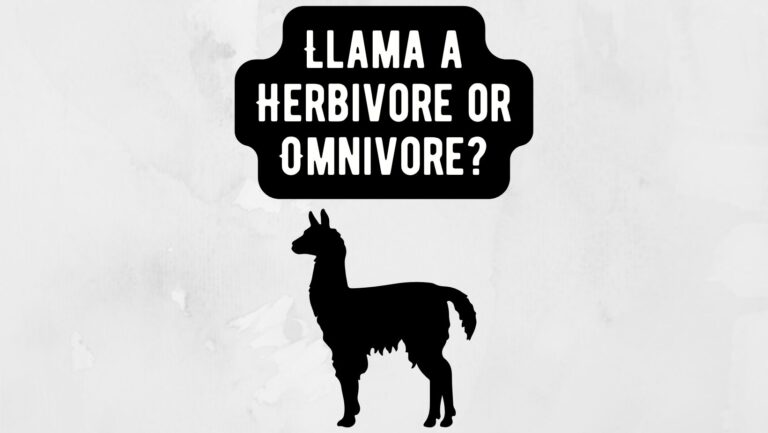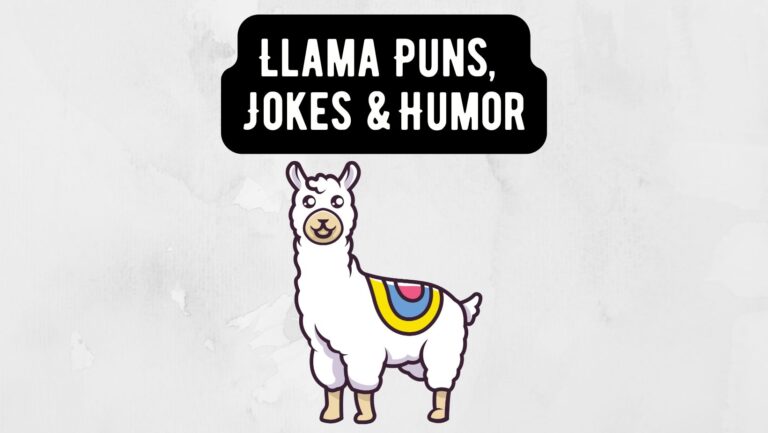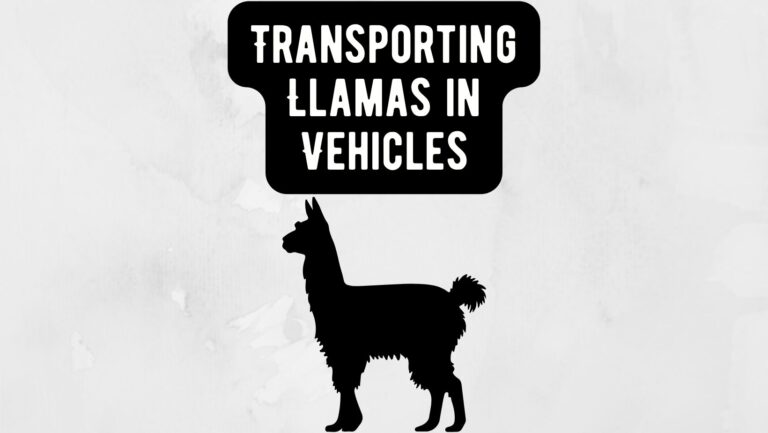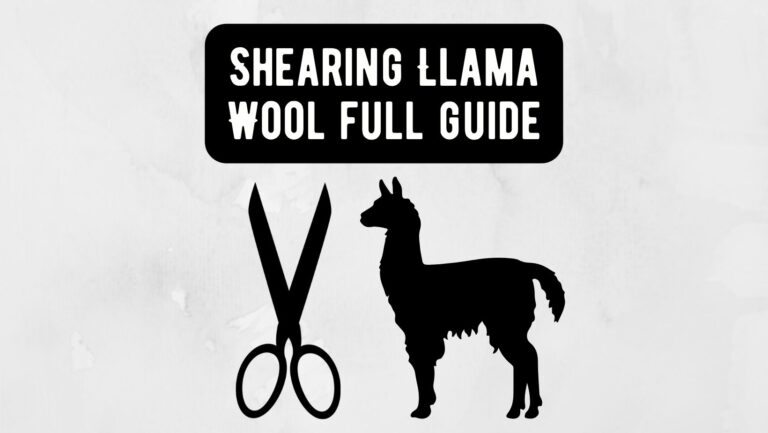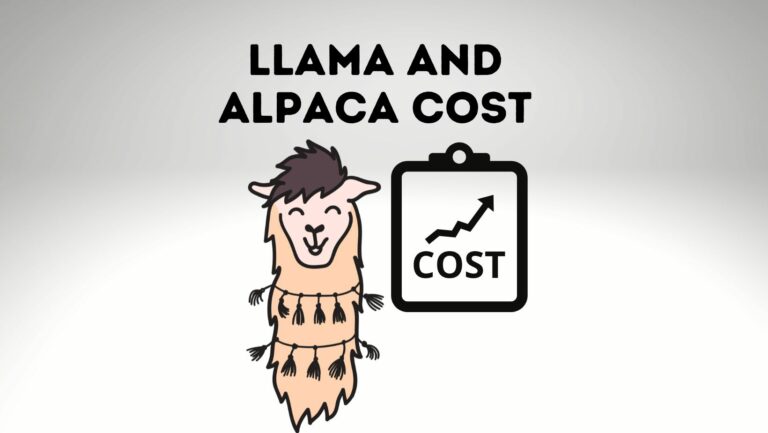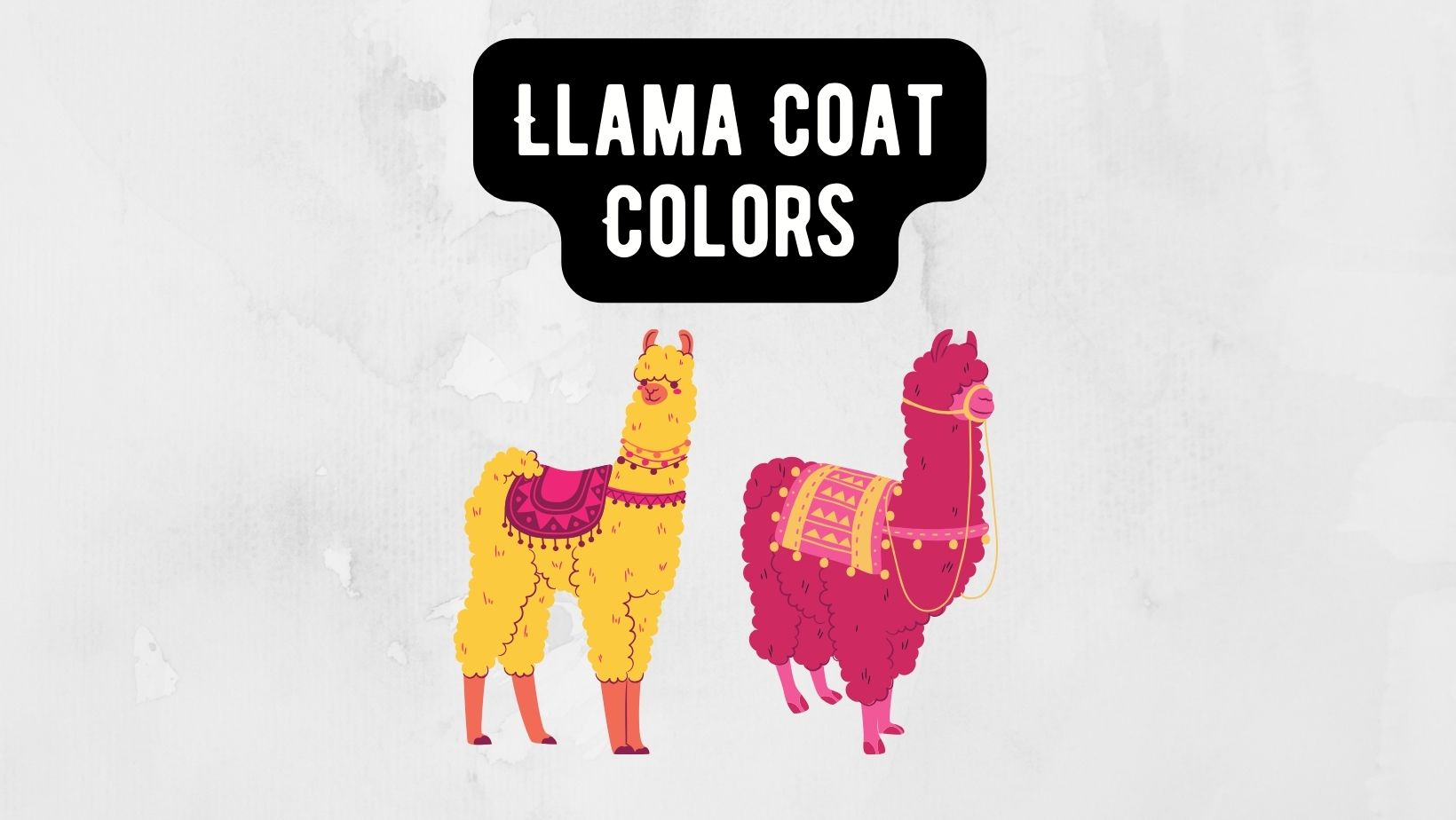
Llamas, with their distinctive appearance and gentle disposition, are beloved animals that come in various coat colors. From solid shades to intricate patterns, llama coat colors can vary widely, adding to the beauty and diversity of these fascinating creatures. This comprehensive guide will delve into the world of llama coat colors, exploring the different hues, patterns, and genetic factors that contribute to their stunning diversity.
Post Contents
Understanding Llama Coat Colors
Llamas, like many other domesticated animals, exhibit a wide range of coat colors and patterns. Genetic factors, environmental conditions, and selective breeding practices can influence these colors. While the exact number of recognized llama coat colors may vary depending on classification systems, the following are some of the most common hues observed in llamas:
Solid Colors
- White: White llamas are perhaps the most recognizable and iconic of all llama coat colors. These animals have pure white fur from head to toe, giving them a striking and elegant appearance. White llamas are prized for their beauty and are often used in parades, shows, and special events.
- Black: Black llamas have deep, rich black fur ranging from a glossy ebony to a matte charcoal hue. These animals stand out against their surroundings and are often sought after for their striking contrast and dramatic presence.
- Brown: Brown llamas come in shades, including light tan, medium brown, and dark chocolate. The coloration can be uniform or include variations such as shading, highlights, or undertones. Brown llamas are versatile and can blend seamlessly into a variety of environments.
- Gray: Gray llamas have a range of hues, from light silver to dark slate. Their fur may exhibit subtle variations in color, giving them a distinguished and sophisticated appearance. Gray llamas are known for their elegant beauty and are often prized for their unique coloring.
Patterned Colors
- Spotted: Spotted llamas have patches or spots of color distributed across their bodies. These spots can be large or small, irregular or uniform in shape, and may vary in color intensity. Spotted llamas often have a playful and whimsical appearance, with their markings resembling those of a leopard or cheetah.
- Roan: Roan llamas have a mixture of white hairs intermingled with solid-colored hairs, creating a speckled or mottled appearance. The distribution of white hairs can vary, resulting in different levels of roaning across the body. Roan llamas have a unique and eye-catching look that sets them apart from solid-colored animals.
- Appaloosa: Appaloosa llamas have distinctive spotted or speckled patterns on their fur, similar to those found in the Appaloosa horse breed. These patterns can include spots, speckles, or patches of color overlaid on a lighter base coat. Appaloosa llamas are prized for their striking and intricate markings.
Factors Influencing Coat Colors
Several factors can influence the coat colors and patterns observed in llamas, including genetics, age, diet, and environmental conditions. Here are some key factors to consider:
Genetics:
Llama coat colors are determined by a complex interplay of genetic factors inherited from their parents. Genes control the production of pigments such as eumelanin (responsible for black and brown colors) and pheomelanin (responsible for red and yellow colors), as well as modifiers that influence patterns and markings.
Age:
The coat color of a llama may change as it matures, with some animals experiencing shifts in hue or intensity as they age. For example, llamas born with dark fur may lighten or gray with age, while others may develop more pronounced patterns or markings over time.
Diet:
Nutritional factors can also affect the appearance of a llama’s coat. A balanced diet rich in essential nutrients, vitamins, and minerals can promote healthy hair growth and vibrant coat colors. Conversely, deficiencies or imbalances in the diet may result in dullness, fading, or discoloration of the fur.
Environmental Conditions:
Exposure to sunlight, weather, and other environmental factors can influence the appearance of a llama’s coat. Sunlight exposure may cause fading or bleaching of the fur, while harsh weather conditions such as extreme heat or cold may affect the texture and condition of the coat.
Other Color Observation In Llamas
These are my observations and opinions about llama colors, a combination of thinking about what I have seen and my experience with studying the inheritance of coat color in other mammals.
Bay
Bays are reddish brown with black legs and some black on the face. Bays can be a continuum from intensely red to faded or dilute red.
llama icon Black
There may be two types of black: recessive black (a black that tends to sunburn to red on the top) and dominant black (a “shiny” black that tends not to sunburn).
Some blacks may in fact be “black calicos”. In this case, the coat appears to be an intense black, but reddish fiber areas can distinctly be seen in various places in their coat. See this color discussed later in this section.
White
Many llamas appear to be white, but genetically, there does not appear to be any gene that results in a true white. Actually most white llamas are probably appaloosas.
When white llamas are shorn, you will typically find small light-colored spots here and there.
On the other hand, some llamas are white because they carry genes for multiple diluting genes, possibly including roan. The color of these llamas may show at some times, and at other times they may appear entirely white.
Seal bay
This color can vary from almost black to a very rich brown color, with black head and legs. Often, such llamas are born coal black, but lighten up with time to a brown color on the body. Roan combined with seal bay can result in a buckskin sort of color.
Agouti
The “black” form of (intense) agouti has black legs (fronts) and a black head. The body is reddish brown. The belly and anal region is cream colored (sometimes with appaloosa spots). The backs of the legs are lighter and so is the neck.
Dilute agoutis are a variant. Their bodies are a faded red. Their legs and head are greyish black, their bellies and anal regions are cream or white. The picture here shows a paint dilute agouti.
The most extreme form of dilution on agouti has a faded grey head and legs, and a light peachy red body, with a white belly and anal region.
Cinnamon
This is the “brown” form of agouti. The intense phase has a brown body, very dark brown head and legs, and a cream belly and anal region.
The belly may be spotted like an appaloosa.
There are NO black hairs on such llamas.
The dilute phase looks similar but has lighter colors.
Brown
These llamas have no black hairs anywhere on their bodies, and the brown of their coat is not reddish brown, but definitely just brown (though it can be quite a luscious color). Their heads and legs are usually a much darker brown.
Paint patterns
Paint means a white splash over a colored background. This splash or splashes can actually take up virtually all of its body.
Paint can occur in conjunction with any other coat color, with the possible exception of intense agouti or intense cinnamon, which may supress it (I’ve never seen a paint intense agouti or a paint intense cinnamon.)
Appaloosa patterns
There are some variations in how appaloosa is expressed in llamas. The majority of appaloosas appear to be “light dilute”, the next most common are “dark dilute”, and the least common are “intense” in color.
Appaloosa patterning tends to be hard to observe, especially in light dilute llamas, as the length of their coat causes the spots to be blended with the background coat color. When shorn, one can see the patterns quite clearly again.
Light dilute appaloosa
Light dilute appaloosas have a cream coat with light brownish spots. This happens to be a paint appaloosa. Notice that the coat appears to be an overall cream color.
Dark dilute appaloosas or “merles”
Dark dilute appaloosas have a darker background coat, and brown spots. They often have “orange” colored spots on their head.
This appears to come in two varieties: red merle and blue merle. a red merle. Reds are very common. Blue merles are rare.
Intense appaloosa
Intense appaloosas have a snow white coat with intensely colored spots (e.g., bay, black, brown, seal bay, whatever.)
Paint appaloosa patterns
Both “paint” and “appaloosa” are patterns affecting the distribution of color. Because they are controlled by different genes, both patterns may occur on the same llama. Here is a picture of a light dilute appaloosa paint and a dark dilute appaloosa paint.
Roan
Roan is a color modifier than can occur in conjunction with any other color. It has both variable effects on colors (darkening some, lightening others) and can have variable expression (a baby may be fully roan, but have no roaning as an adult, or vice versa).
In addition, only part of the coat may be roan, or the whole coat may be roan. The most impressive expression of roan is those llamas that appear almost entirely grey due to a uniform expression of this gene. In most cases, the face and legs remain darker than the body color, as in other animal species in which roan is expressed.
Note: no llamas are grey due to a “greying” gene, analogous to that of horses. (The “greying” gene is progressive; the animals are born dark and become lighter every year until they are finally white. In addition, in other animals that turn grey, the head is the first place to turn white.) All “grey” llamas are in fact, genetically roan llamas.
Black calico
Calico llamas basically are any llamas that have BOTH black and red anywhere on the neck or the body. (Bays are red, but have black only on the legs or head.) I have observed intense appaloosa calicos, paint calicos, and solid calicos.
In llamas which also have white on the body or neck, you will see sharply defined red areas next to black areas in close proximity to the white spots. In llamas without white on the body or in areas of the body far from a white spot, you will see black and red fibers intermingled.
Unlike cats, calico in llamas is not sex-linked, so that both male and female calico llamas occur.
Black calico appears to be the most common form of this coloration, in which the llama appears mostly black (a very shiny, non-fading black), with either a few red spots close to white markings, or with reddish fibers among the black.
As in this example, Calico can also be mostly red, with black interspersed.
Markings
Llama “markings” are smaller white areas, usually just on the head, on the neck very close to the neck, or on the legs up to the knee. This shows the marking I think of as the “Hereford/Angus cross marking”, as it is like the markings seen on the offspring of crosses between Angus and Hereford cattle.
Conclusion
In conclusion, llamas exhibit a wide range of coat colors and patterns, each contributing to their unique beauty and charm. From solid hues to intricate markings, llama coat colors reflect a combination of genetic factors, environmental influences, and individual characteristics. Whether you prefer the classic elegance of a white llama, the boldness of a black llama, or the whimsy of a spotted or patterned llama, there is a coat color to suit every preference. As we continue to appreciate and admire these remarkable animals, we gain a deeper understanding of the fascinating world of llama coat colors.
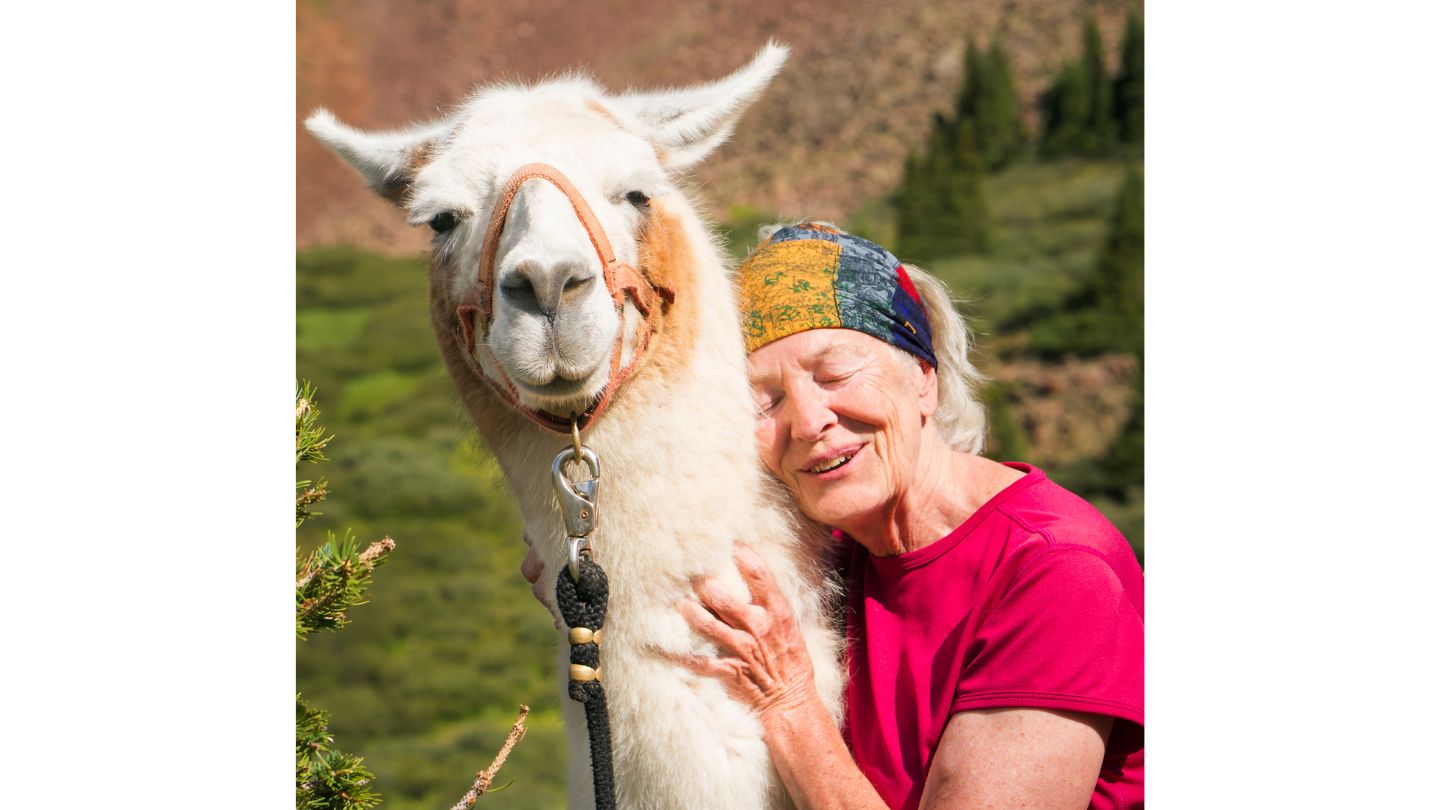
Hi, I am Dale. My husband and I bought our first llama, an 18-month-old male llama, Pumpernickel, in 1984. Since then, they are evergrowing; LlamaWeb is intended to provide information about llamas for people interested in these South American camelids.

